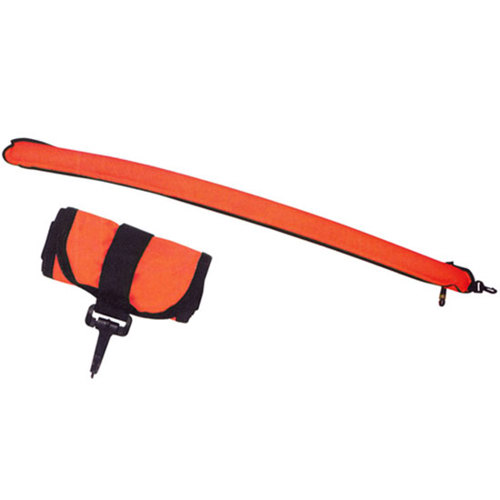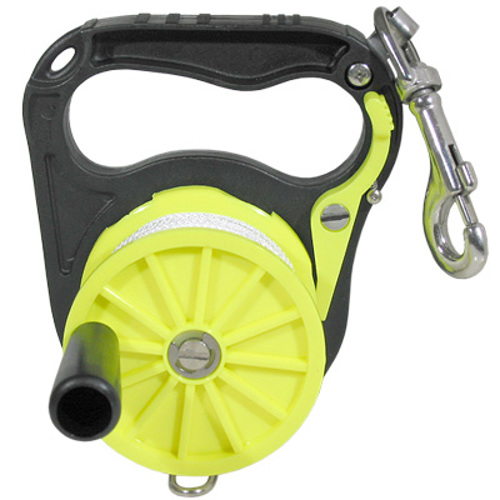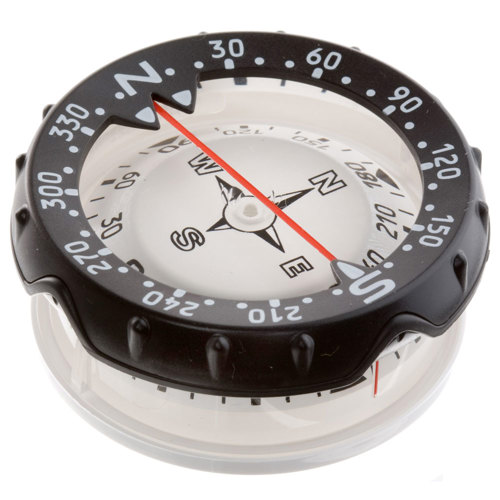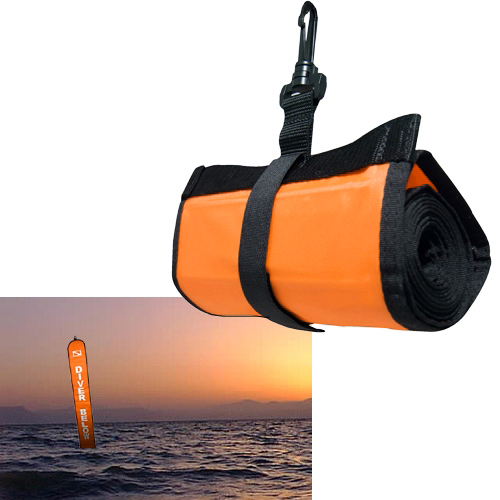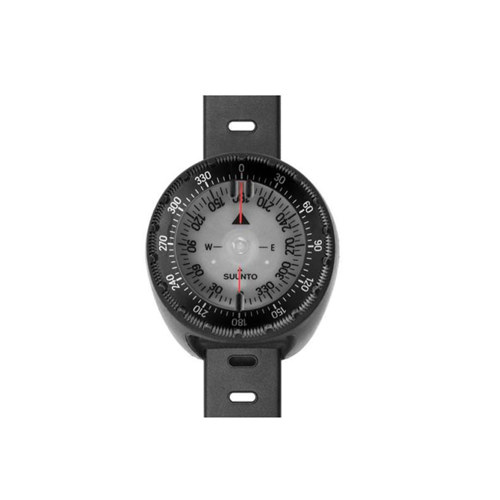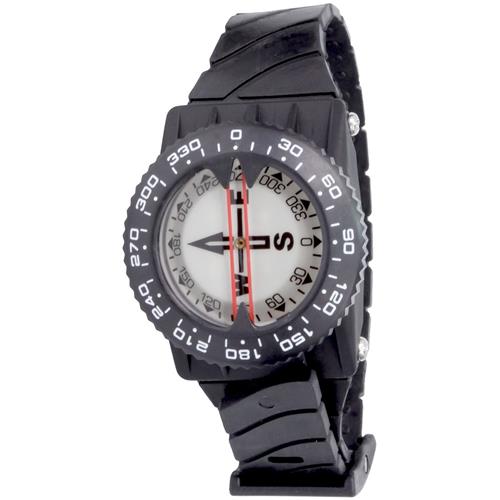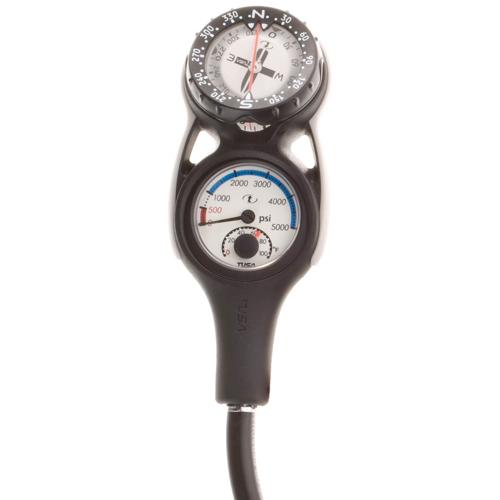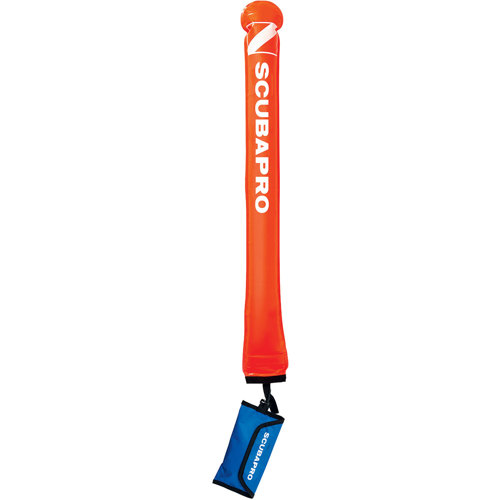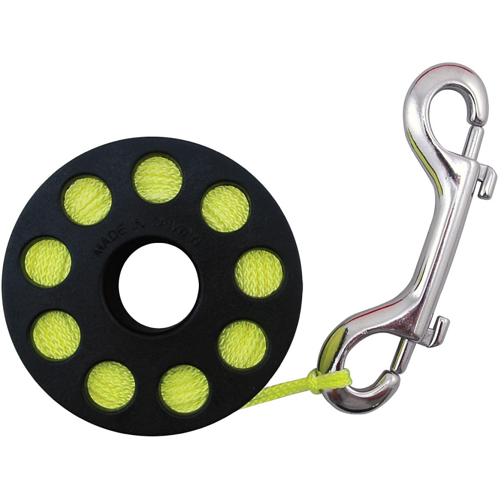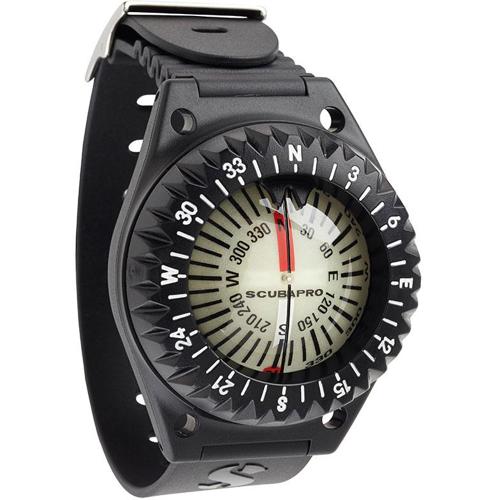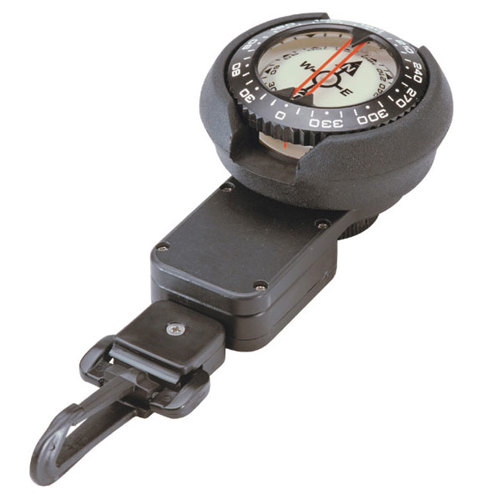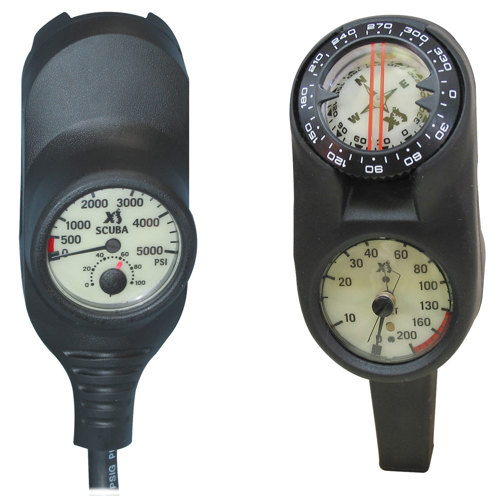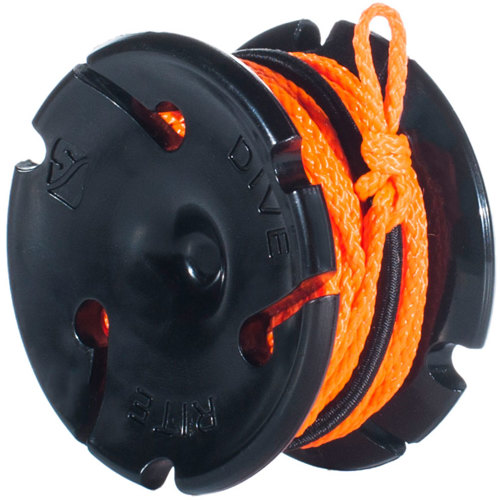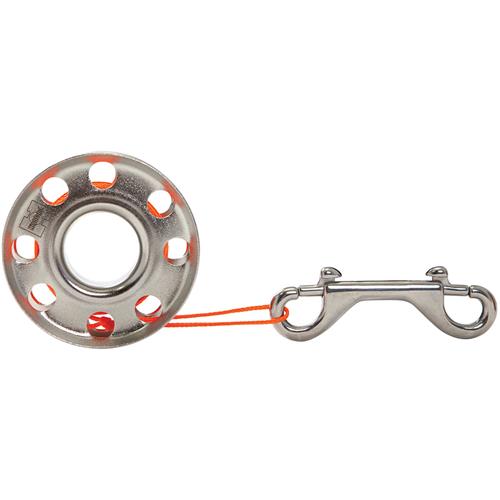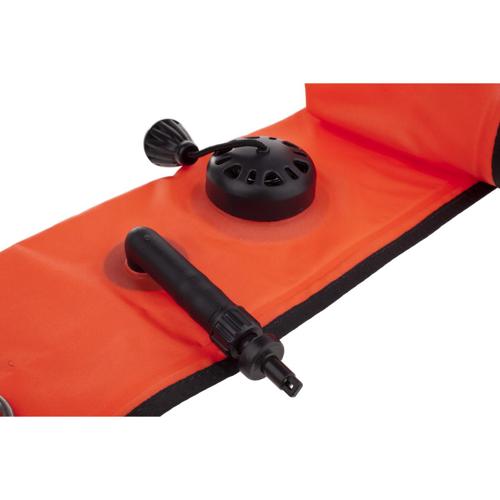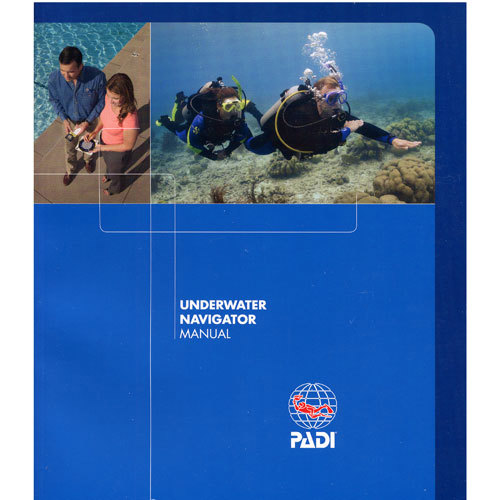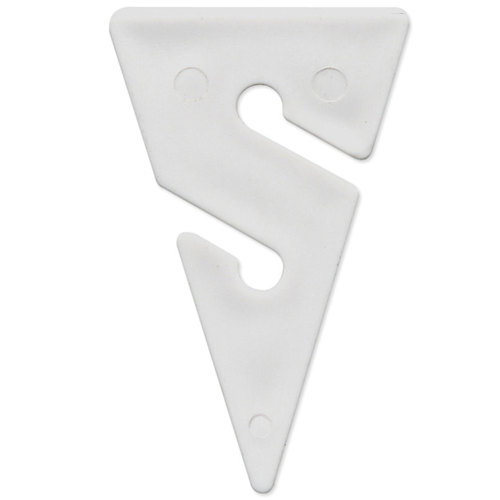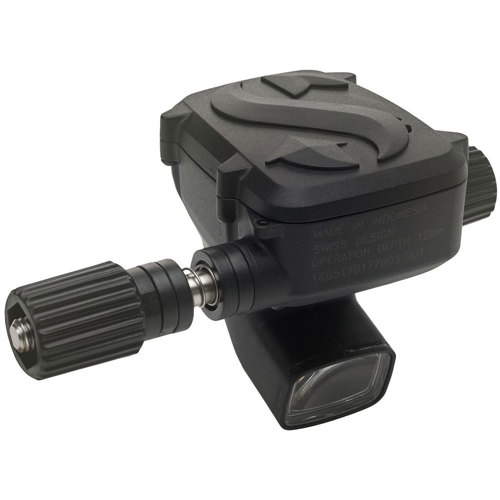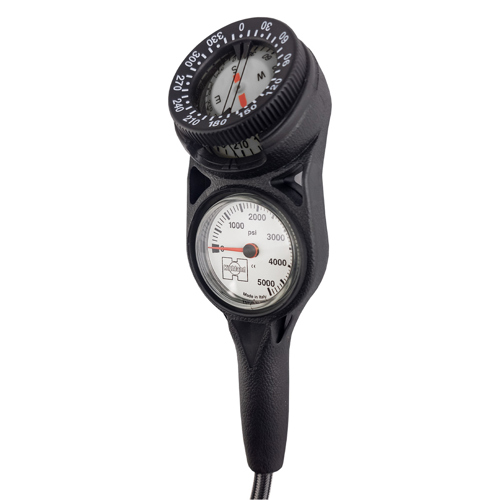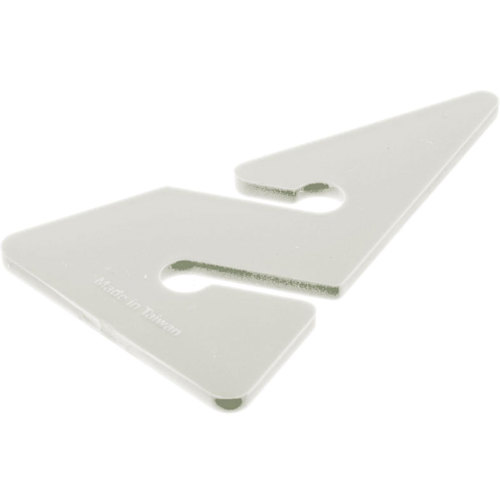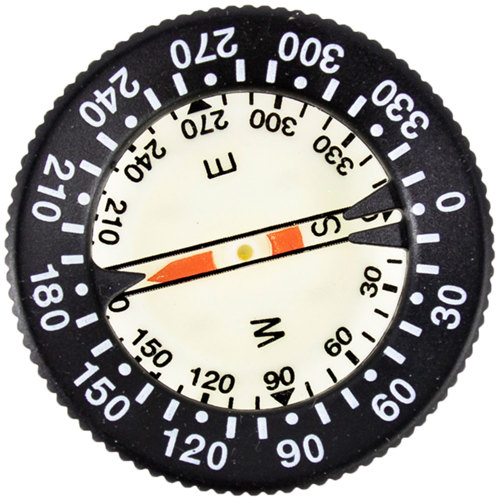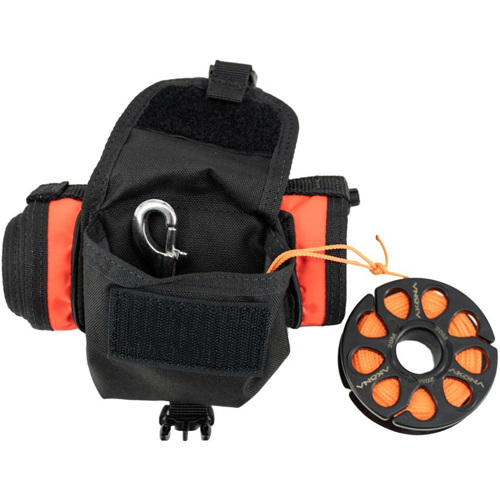Navigating underwater is a unique challenge that sets scuba diving apart from almost every other sport. Unlike hiking a forest trail or paddling across a lake, divers move through a three-dimensional, ever-shifting world where landmarks can be subtle and visibility varies from crystal-clear to mysterious blue haze. That’s why navigation aids are such a crucial part of every diver’s kit, whether you’re exploring a vibrant Caribbean reef, threading your way through a kelp forest off the California coast, or mapping out a sunken wreck in the chilly waters of the North Atlantic. As autumn approaches and water temperatures begin to shift, many divers take advantage of the quieter dive sites and improved visibility that September often brings. This is the perfect time to refresh your gear and consider the navigation tools that will help you make the most of your underwater adventures. Navigation aids are not just for technical divers or instructors—they’re invaluable for anyone who wants to dive with confidence, avoid disorientation, and maximize bottom time by minimizing the guesswork involved in finding your way back to the boat or shore.
When selecting scuba navigation aids, there are several factors to weigh, each depending on your experience level, the environments you frequent, and your personal preferences. Compasses are the cornerstone of underwater navigation, prized for their reliability and ease of use even when visibility drops or currents pick up. Many divers recall their first open water dives, nervously clutching a compass and trying to remember their training as they set off on a reciprocal heading. Over time, using a compass becomes second nature, but having a model that’s easy to read and operate with gloved hands or in low light can make all the difference. For those who enjoy exploring new sites or planning more complex routes, slates and underwater notepads are excellent companions, allowing you to sketch maps, jot down headings, or communicate with your buddy when words are lost in the bubble-filled silence. Marker buoys and reels are essential for navigation in areas with strong currents or limited visibility, providing a physical reference point and a lifeline back to your starting point. These tools are particularly useful when diving from shore or on drift dives, where the landscape can change rapidly and natural navigation cues may be scarce. Dive lights, while often associated with night diving, also play a role in navigation by illuminating compass faces, map details, or natural features that serve as waypoints.
Navigation aids make thoughtful and practical gifts for any diver, from the newly certified explorer eager to find their way around local dive sites to the seasoned adventurer planning a trip to more challenging destinations. Gifting a navigation tool is more than giving a piece of equipment—it’s offering a sense of security, independence, and the freedom to explore. As the diving season transitions into fall and group trips or solo excursions become more frequent, these aids help ensure every dive is both safe and memorable. For those looking to sharpen their skills, investing in quality navigation tools goes hand in hand with ongoing education. Many divers choose to enhance their abilities through formal training, and resources such as
Scuba Navigation Training are invaluable for building confidence and competence beneath the surface. Ultimately, whether you’re charting a course through a sun-dappled reef or navigating the eerie corridors of a shipwreck, the right navigation aids transform each dive into an adventure where you’re always in control, ready to discover what lies beyond the next bend in the underwater landscape.

